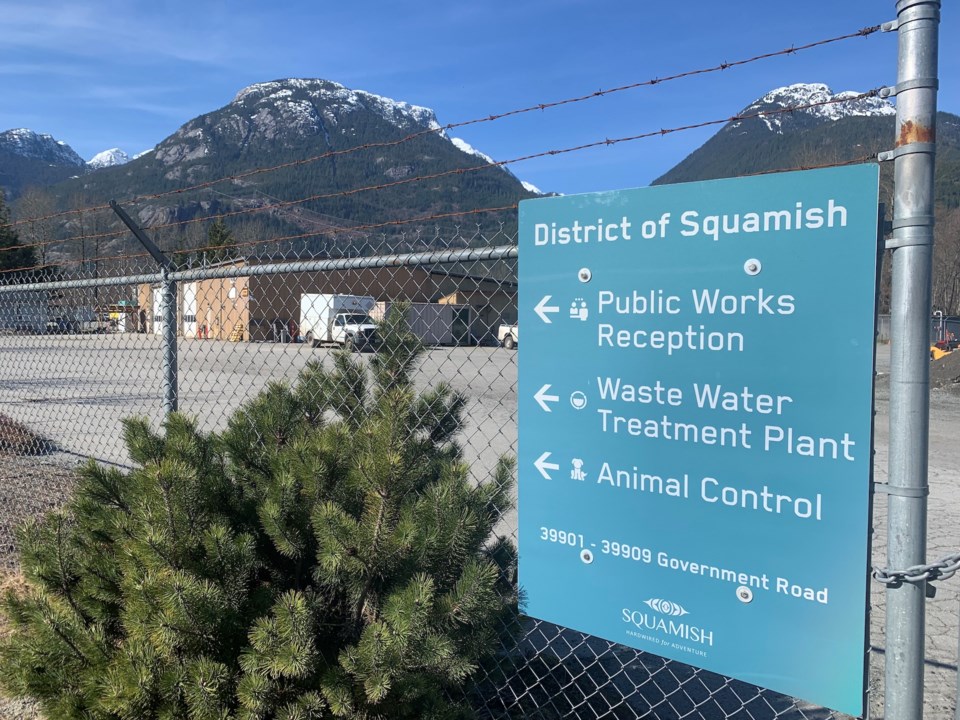The District of Squamish is pouring $10 million to upgrade the wastewater treatment plant.
The money will come from development cost charges, which are payments developers make to help foot the bill for infrastructure, as well as money taken from municipal reserves.
(This project is separate from the upcoming Public Works Facility replacement, for which the District will seek elector approval later this summer to borrow for that project.)
The upgrades will being made to increase treatment capacity to help meet the needs of a growing community, among other things, the District says.
Other features of the upgrades include system redundancy, increase seismic and flood resiliency, improve plant performance and effluent quality, while decreasing biosolids production and associated energy usage, carbon emissions and handling costs, the municipality said.
“Our commitment to investment in critical infrastructure is steadfast as we strive not only to keep up with the growth of our community, but to also mitigate the effects of our changing climate,” said Mayor Karen Elliott in a news release. “These upgrades are of even greater importance to ensure our critical services are resilient and withstand extreme weather events today and into the future.”
The upgrades were outlined in the District’s 2015 Liquid Waste Management Plan (LWMP).
That document identified the plant would require a capacity increase to meet population growth forecasts and redundancy requirements in accordance with the Municipal Wastewater Regulations.
Once construction is complete, the new plant should sustain population growth until approximately 2040 and will provide post-disaster operability and withstand seismic and flood events, the municipality says.
On average, 284 million litres of liquid waste flowed through the Wastewater Treatment Plant per month in 2021, by the District’s count.
About 80% of the water consumed in the District eventually goes to the Wastewater Treatment Plant for treatment requiring significant energy consumption.




